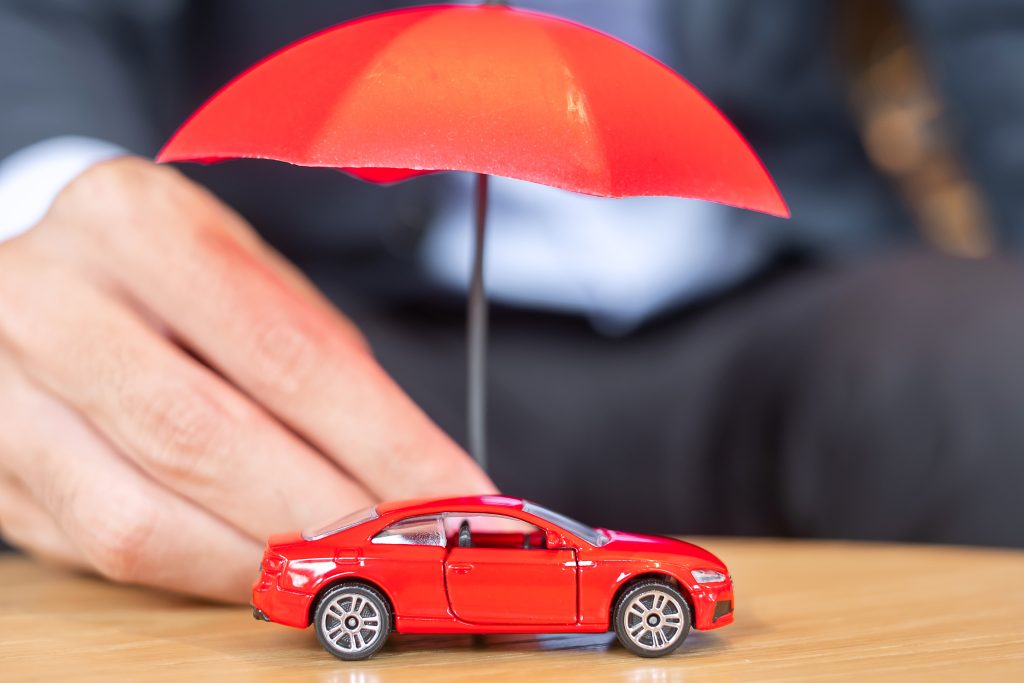
What is heat exhaustion
Heat exhaustion is a heat-related illness that occurs when the body becomes overheated and loses excessive amounts of water or salt through sweating. It is more serious than heat cramps but not as severe as heatstroke. This condition often affects people after intense activity in hot weather, such as working, exercising, or spending prolonged time outdoors.
Heat exhaustion can develop gradually or come on suddenly. Without proper treatment, it can progress to heatstroke, a life-threatening condition that requires immediate medical attention.
When to seek emergency help
You should call 911 or emergency services right away if the person experiencing heat exhaustion:
-
Faints or loses consciousness
-
Becomes confused, agitated, or disoriented
-
Has a seizure
-
Cannot drink fluids
-
Has a rectal temperature of 104°F (40°C) or higher, which may indicate heatstroke
These signs suggest the body can no longer regulate its core temperature and requires urgent care.
Common symptoms
Recognizing the early signs of heat exhaustion can help prevent further complications. Common symptoms include:
-
Cool, clammy skin with goosebumps in the heat
-
Profuse sweating
-
Weakness and fatigue
-
Dizziness or faintness
-
Rapid, weak pulse
-
Low blood pressure, especially when standing up
-
Nausea or vomiting
-
Muscle cramps
-
Headache
-
Intense thirst
-
Mild confusion
-
Reduced urine output
Symptoms can vary by individual and may worsen without prompt care.
What to do if someone has heat exhaustion
Immediate first aid can help stabilize the person and prevent heatstroke. If you suspect heat exhaustion:
Move the person to a shaded or air-conditioned space. Cooling the environment is the first priority.
Have them lie down with legs slightly elevated. This helps circulation and reduces the risk of fainting.
Remove tight or excess clothing to help the body cool down faster.
Encourage sipping of cool water or an electrolyte-rich drink. Avoid caffeinated or alcoholic beverages.
Cool the skin using a wet cloth, sponge, or spray bottle. Fanning the person can speed up cooling.
Continue to monitor the person closely. If symptoms don’t improve within 30 minutes or begin to worsen, seek medical help immediately.
When to follow up with a healthcare provider
Even if symptoms improve after first aid, follow-up care may be necessary. Contact a healthcare professional if:
-
Symptoms persist beyond 30–60 minutes
-
The person has underlying health conditions such as heart disease
-
The person experiences repeated episodes of heat exhaustion
-
There are signs of dehydration or electrolyte imbalance
Proper medical evaluation can help prevent future episodes and guide recovery.
Conclusion
Heat exhaustion is a serious condition that can lead to life-threatening heatstroke if not treated quickly. Knowing the warning signs and applying first aid immediately can prevent complications and promote recovery. Always stay alert during outdoor activities in hot weather and take precautions to stay hydrated and cool.







.png)
.png)
.png)






.png)
.png)
.png)
.png)
.png)
.png)
.png)
.png)
.png)



.png)


.jpg)




















